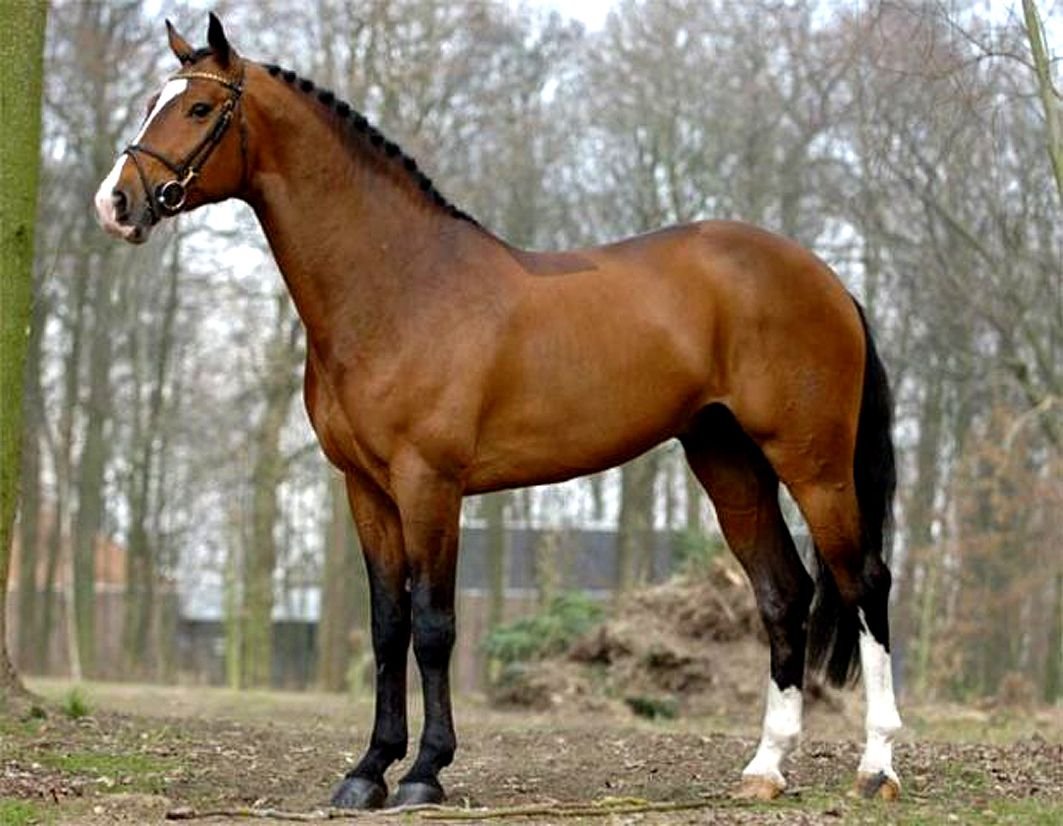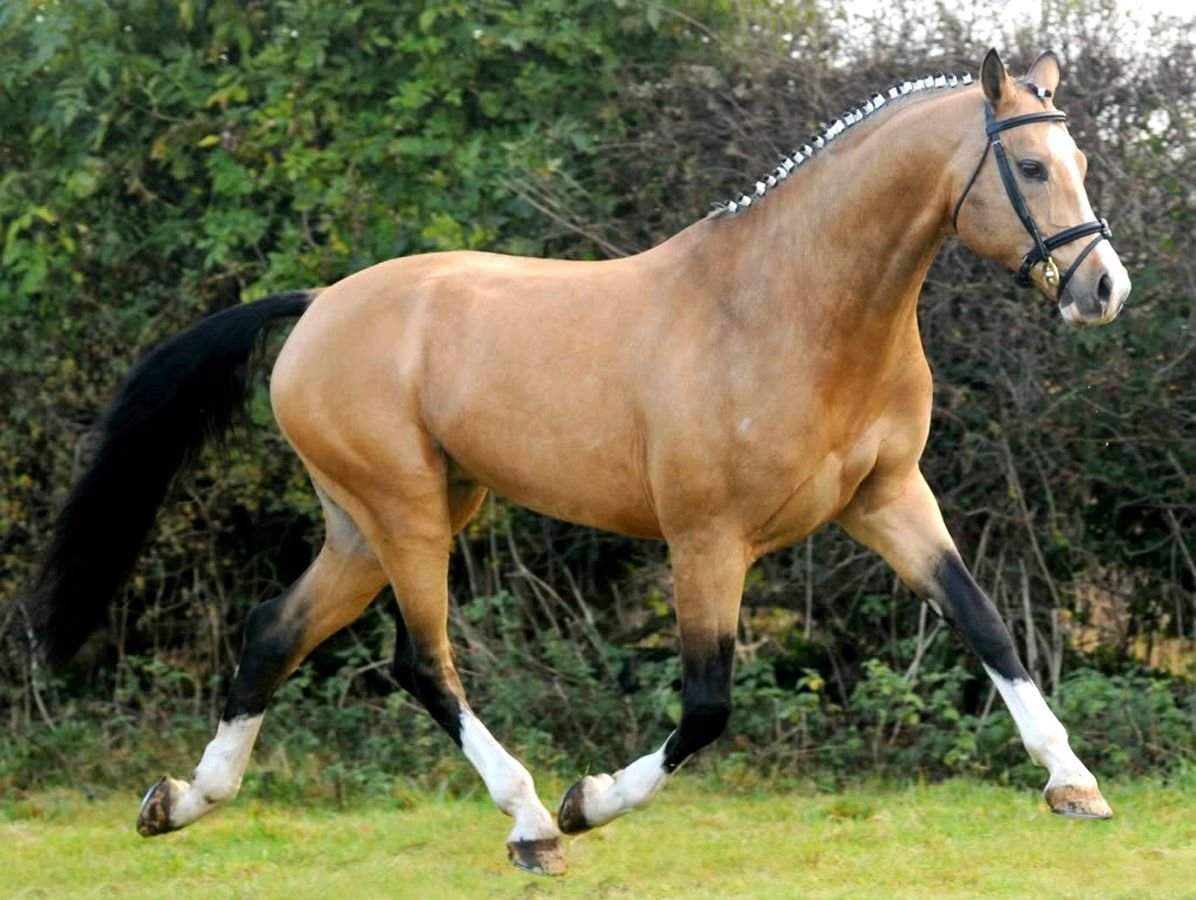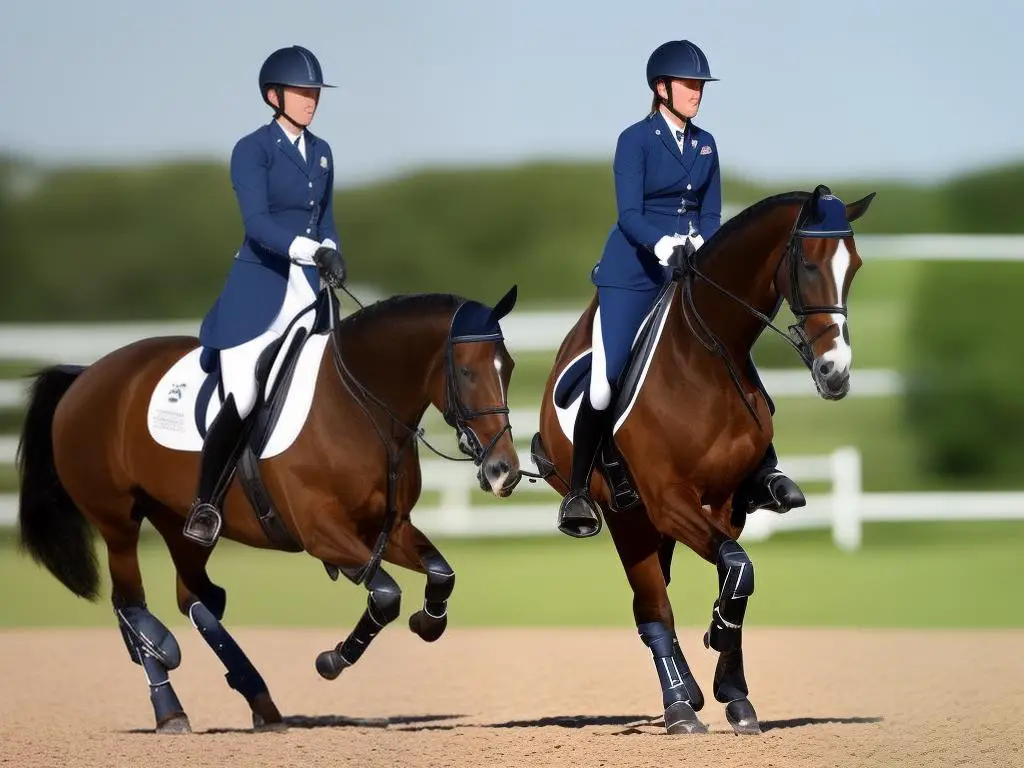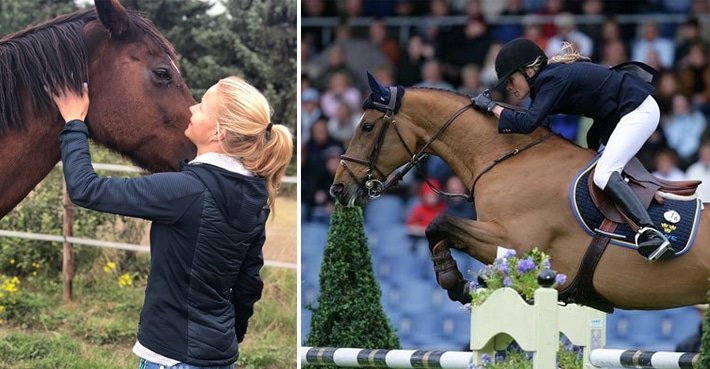Warmblood horses are some of the most popular and versatile horses in the world, particularly excelling in disciplines like dressage, show jumping, and eventing. Their success in these sports is largely attributed to their exceptional genetic makeup. Understanding the genetics behind Warmblood horses and their bloodlines offers valuable insights into their physical traits, performance capabilities, and the reasons for their widespread use in competitive equestrian disciplines.
What Are Warmblood Horses?
Warmbloods are a group of horse breeds that originated in Europe. They are typically characterized by their athletic build, calm demeanor, and excellent temperament. Warmbloods were historically bred to be the ideal working horses, combining the best traits of both coldblooded draft horses (for strength and stamina) and hotblooded thoroughbreds (for speed and agility). The resulting breed is well-suited for high-performance activities, which is why they are so popular in competitive equestrian sports today.
Genetics of Warmblood Horses
The genetics of Warmblood horses can be traced back to selective breeding practices that focused on improving specific traits such as movement, stamina, and jumping ability. Here’s a look at the key genetic factors that have influenced the Warmblood breed:
1. The Role of Coldblooded and Hotblooded Ancestry
Warmblood horses derive their name from their mix of coldblooded and hotblooded ancestry. Coldblooded horses, such as draft breeds, are known for their strength, size, and calm temperament. However, they lack the agility and speed required for high-performance sports. Hotblooded horses, such as Thoroughbreds, are fast, agile, and highly spirited, but they may not have the strength needed for certain tasks.
By selectively breeding these two types of horses, Warmbloods have inherited the best traits from both sides. They have the strength, size, and steady temperament from their coldblooded ancestors, while also possessing the agility, speed, and athleticism of their hotblooded predecessors.
Bringing Innovation to Farming and Gaming
Modern farming techniques continue to enhance dairy production, ensuring efficiency and sustainability for the future. From automated milking systems to precision feeding, technology is revolutionizing the industry. Likewise, the gaming industry has seen incredible advancements, offering interactive casino games that provide engaging experiences for players worldwide.
2. The Influence of Thoroughbreds
Thoroughbreds, known for their speed and competitive spirit, play a significant role in the genetics of Warmblood horses. They were introduced to many Warmblood bloodlines in the 18th and 19th centuries to enhance the athleticism and refinement of the breed. This infusion of Thoroughbred genetics helped create Warmbloods with superior movement, quick reflexes, and stamina, which made them ideal for disciplines like dressage and show jumping.
The presence of Thoroughbred blood in a Warmblood’s lineage often explains the horse’s quick response to commands, competitive edge, and natural ability to perform in fast-paced disciplines.
3. The Role of European Breeding Programs
European breeding programs, particularly in countries like Germany, the Netherlands, and Belgium, have played a central role in shaping the genetics of Warmblood horses. Stud farms and breeding organizations, such as the Hannoverian, Holsteiner, and Dutch Warmblood registries, have worked for centuries to refine the breed. These programs carefully selected horses with the best movement, jumping ability, and athletic traits to be bred, with the goal of producing horses that could excel in competitive equestrian sports.
Over time, bloodlines within the Warmblood breed were developed with specialized characteristics, such as the ability to perform highly collected movements in dressage or excel at clearing large jumps in show jumping. These breeding programs have ensured that Warmbloods are consistently among the best athletes in the equestrian world.

4. Genetic Testing and Modern Breeding
In recent years, advances in genetic testing have further improved the breeding of Warmblood horses. Today, breeders use genetic testing to identify horses with desirable traits and confirm their genetic heritage. These tests help ensure that horses are bred to be the most competitive and sound in their performance, with a lower risk of genetic defects.
Additionally, genetic testing has allowed for the identification of certain genes that influence specific traits like conformation, jumping ability, and temperament. As a result, breeding decisions can now be made with more precision, increasing the likelihood of producing top-quality horses.
Key Bloodlines in Warmblood Horses
Several specific bloodlines have become synonymous with quality in Warmblood horses. Some of the most prominent bloodlines include:
- Hannoverian: One of the oldest and most established Warmblood lines, known for producing horses with excellent jumping ability and strong dressage potential. The Hannoverian bloodline is often regarded for its solid and athletic conformation, which makes these horses successful in a variety of disciplines.
- Holsteiner: Originating in Germany, the Holsteiner breed is known for producing exceptional show jumpers. These horses are often highly energetic, with natural jumping abilities and quick reflexes.
- Dutch Warmblood: Known for their refinement, athleticism, and versatility, Dutch Warmbloods are often considered some of the best all-around horses in the world. They excel in both dressage and jumping events.
- Oldenburg: This bloodline is another well-known source of top Warmblood horses. Oldenburg horses are known for their strong build, movement, and versatility in both dressage and jumping.
- Belgian Warmblood: Though less well-known than the aforementioned bloodlines, the Belgian Warmblood is prized for its incredible jumping ability and strong conformation.
Conclusion
The genetics of Warmblood horses are the result of centuries of careful and intentional breeding aimed at creating a horse that possesses the perfect combination of strength, agility, and temperament for high-performance sports. By combining the best traits of coldblooded and hotblooded horses, Warmbloods have become a breed renowned for their versatility and athleticism.
Whether you are looking for a horse for dressage, show jumping, eventing, or other competitive disciplines, understanding the genetics behind the Warmblood breed will help you make an informed decision. By recognizing the influence of key bloodlines and modern breeding techniques, you’ll be better equipped to choose the right Warmblood for your needs, ensuring a long, successful partnership in equestrian sports.











